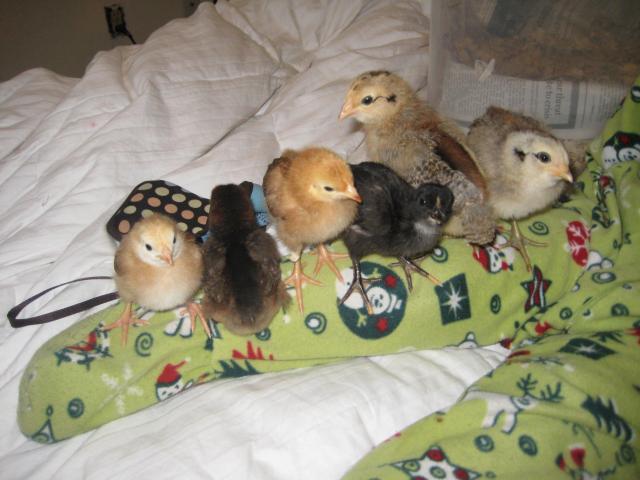Of course they were sold to me as ameracaunas, but i spent 2.5 hours on these boards last night and have been set straight on many things¡

So, one is more taupe/grey and the other a bit more golden...are they the same color but just different shades or are they different colors? I looked at feathersite, but I had a hard time finding pics of the same chick as an adult.
Thanks!



So, one is more taupe/grey and the other a bit more golden...are they the same color but just different shades or are they different colors? I looked at feathersite, but I had a hard time finding pics of the same chick as an adult.
Thanks!









